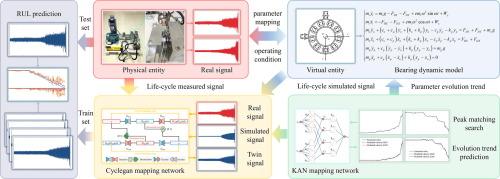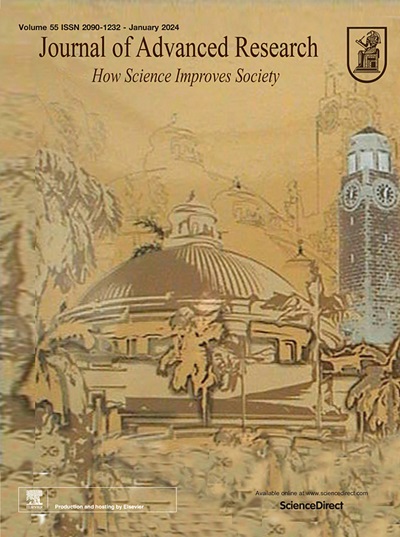Digital twin-driven operational CycleGAN-based multiple virtual-physical mappings for remaining useful life prediction under limited life cycle data
IF 11.4
1区 综合性期刊
Q1 MULTIDISCIPLINARY SCIENCES
引用次数: 0
Abstract
Accurately predicting the remaining useful life (RUL) of complex equipment plays a vital role in maintaining modern manufacturing systems’ operational safety and reliability. This challenge has attracted considerable interest within the domain of intelligent operation and maintenance. However, the lack of high-quality, comprehensive lifecycle data in industrial environments is a major barrier to developing and deploying intelligent RUL prediction algorithms. Digital twin technology offers a novel solution by utilizing virtual resources to provide insights into the operation and maintenance of physical entities, thus addressing the issue of data insufficiency. This study presents an innovative lifecycle digital twin model and RUL prediction framework, based on operational CycleGAN with multiple virtual-physical mappings. First, a six-degree-of-freedom dynamic model of the bearing is developed as a digital representation. Subsequently, the mapping relationships between measured signals and bearing parameters are explored. The KAN mapping network is employed to forecast the evolutionary patterns of bearing parameters, enabling the construction of a full-lifecycle dynamic model. A self-organized neural operator is then integrated into the CycleGAN network to enable iterative updates and corrections of twin signals. This is achieved through the interaction of fault and environmental information across virtual and physical domains. Experimental results demonstrate that the generated lifecycle twin data exhibit a high degree of similarity and consistency with measured data distributions. The proposed method is compatible with advanced RUL prediction models, allowing accurate predictions even with limited lifecycle data.

求助全文
约1分钟内获得全文
求助全文
来源期刊

Journal of Advanced Research
Multidisciplinary-Multidisciplinary
CiteScore
21.60
自引率
0.90%
发文量
280
审稿时长
12 weeks
期刊介绍:
Journal of Advanced Research (J. Adv. Res.) is an applied/natural sciences, peer-reviewed journal that focuses on interdisciplinary research. The journal aims to contribute to applied research and knowledge worldwide through the publication of original and high-quality research articles in the fields of Medicine, Pharmaceutical Sciences, Dentistry, Physical Therapy, Veterinary Medicine, and Basic and Biological Sciences.
The following abstracting and indexing services cover the Journal of Advanced Research: PubMed/Medline, Essential Science Indicators, Web of Science, Scopus, PubMed Central, PubMed, Science Citation Index Expanded, Directory of Open Access Journals (DOAJ), and INSPEC.
 求助内容:
求助内容: 应助结果提醒方式:
应助结果提醒方式:


